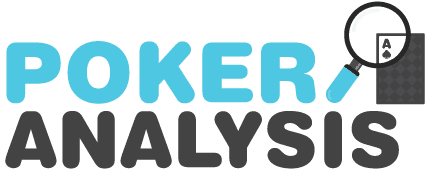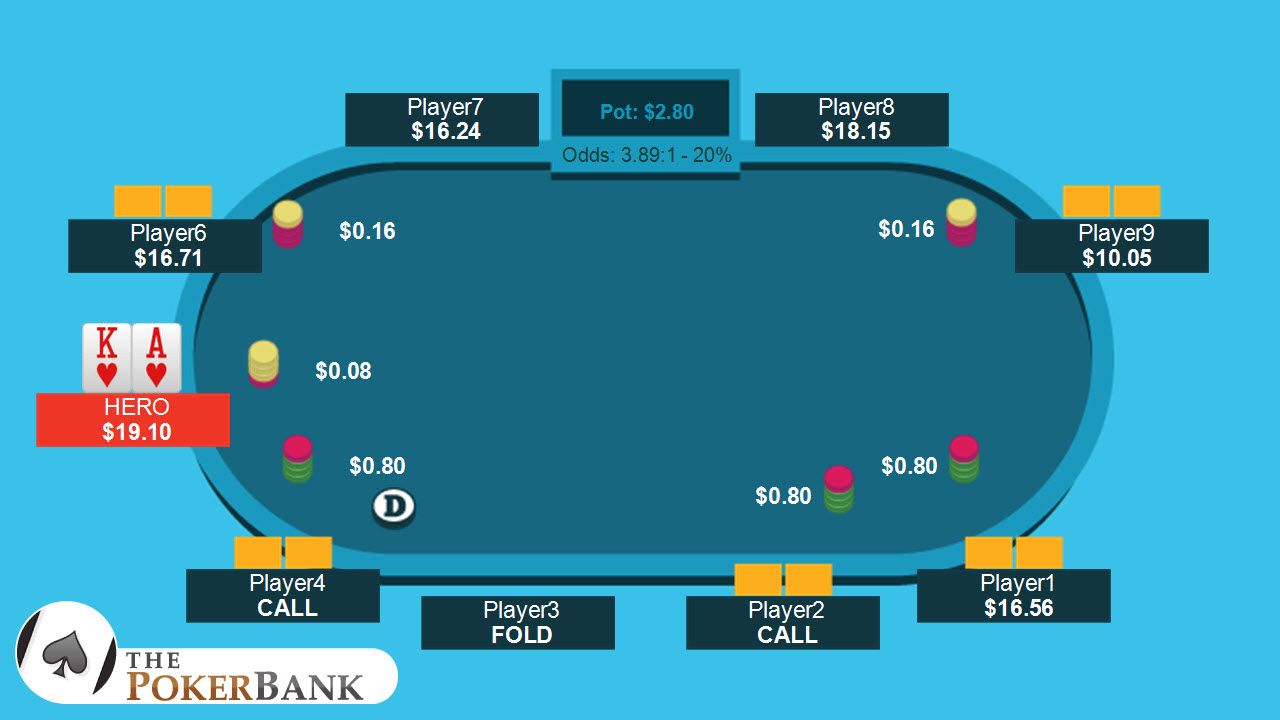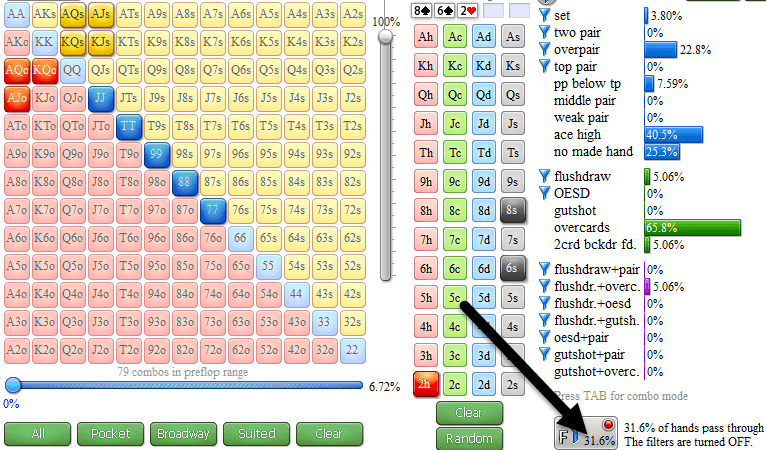In this hand, Hero is dealt pocket Aces in the small blind. There is a small isolation raise from the button and Hero 3bets to $.22. Even at 2NL, this is a very small 3bet size, so Hero should look to go a little larger, like $.30.
The big mistake that players at 2NL make is giving action too liberally. When that’s the case, our goal should be to use larger sizes with our big hands, and AA obviously fits the bill. When in doubt, use larger sizes against fish with your value hands and watch the pots you win grow.
In this hand the button calls our 3bet and the flop is:
J♣ 7♥ 9♣
Hero leads for about ¾ into the pot, which is a fantastic continuation bet size given how loose the button player is. We can certainly expect worse hands like KJ, TT, and club draws to continue. Also, the SPR is pretty smaller at only 3.8, and given that SPR we should have a clear plan on whether or not we are going to stack off with our overpair.
What Is SPR All About?
SPR is a powerful concept that can be used to judge how committed you are to a pot. Short for Stack-to-Pot-Ratio, this number helps us know EXACTLY when we need to go all-in postflop. Learn how to use SPR here.
With a small-medium SPR, we have two clear options. One, we can continuation bet like normal and plan to get our stack all-in if he raises (or get it all-in on a future street if he calls). The other option is to just check, hope villain bets his entire range, and then check/raise over the top. Both options are very valid, but depend on what assumptions you are making about villain.

For instance, if you feel that villain would bet every single time you check to him (or at least the large majority), it’s easy to see how the check/raise is valuable. He will bet all of his hands, including air, overcards, draws, pairs, and even some hands that beat us…which allows us to generate value from hands that would otherwise fold if we bet into him. This is why we must always consider our opponent’s range AND how he’s likely to respond to our action.
In this hand Hero decides to continuation bet, the button calls, and the turn is:
K♣
This is a really nasty card, as it’s an overcard that could scare Jx, improve KJ, and of course improve drawing hands like two clubs or QT. Hero decides to check it to the button who bets for ½ pot, and then Hero check/raises all-in.
One of the worst ways to respond to this bet is to just call. Calling puts us out of position, with no initiative, and essentially allows the button to full control the pot in a situation where the river card can be really nasty. Rivers could put up the 4th club, a 4-straight on board, or even pair a card like the Jack which could give us a second-best holding.
Overall, the check/raise is certainly best ONCE Hero checks the turn. But checking the turn isn’t likely to be the best play. It gives the button a free chance to check the turn behind, allowing him to improve with very weak hands for free. We want to avoid giving people a freeroll to suck out on us whenever possible, and a bet here ensures that he won’t get such an opportunity.
Whenever you are reviewing a hand, always make sure to look at ALL of the inflection points. In this hand many players would focus on “what to do on the turn?”….when the conversation really should be “should we CB or check/raise the flop?” Make sure to take your time when analyzing hands to ensure you ask yourself the right questions and look at the right parts of the hand!






